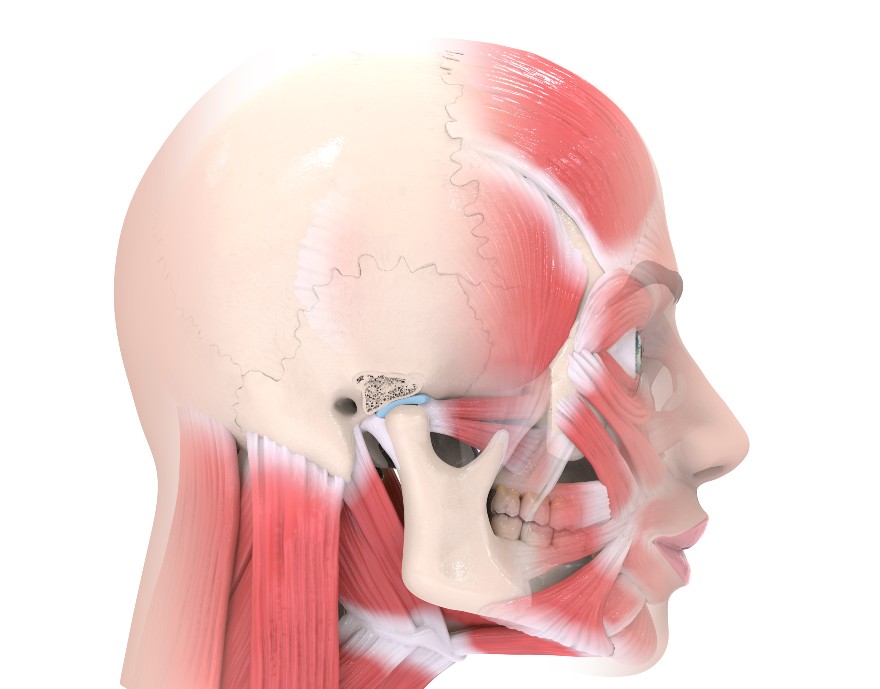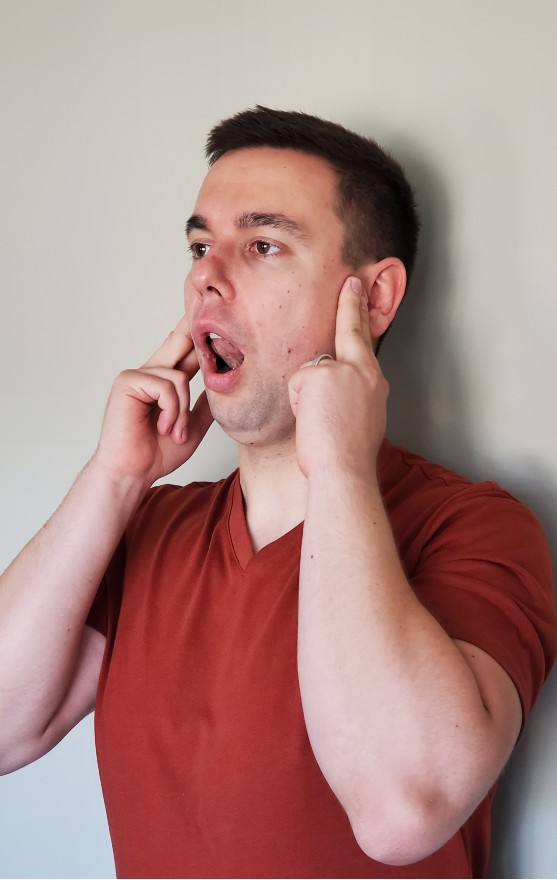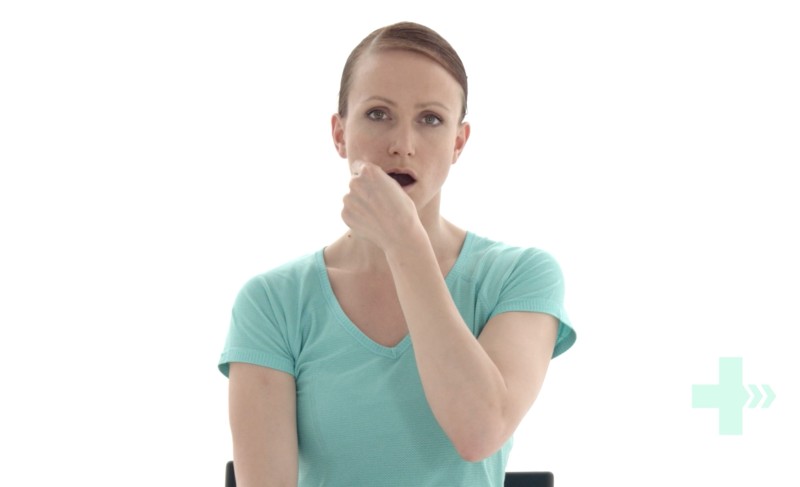Have you ever experienced clicking in the jaw while yawning, taking a big bite, or when chewing? I have other joints that click and make noises as well. Is clicking joints an issue or can they be ignored?
Of all the joints that click and make noises in our body, our jaw joint is one that should not be ignored, especially if it causes pain or causes temporary locking. For all of our other joints, if the joint noise is not painful, does not cause any movement restrictions, does not result in any feelings of instability then, most times, clicking joints are often innocuous. The jaw however, is different.
Jaw clicking can be indicative of a condition called “Temporomandibular Joint Disorder”, or TMD for short. Its presentation can vary, and can include symptoms like clicking or noises coming from the jaw, jaw pain, restricted mouth opening, difficulty with eating and speaking, headaches, neck pain, dizziness, ringing in the ears, ear “fullness” or impaired hearing. The prevalence of TMD is about 10% and presents with at least one of the above-mentioned symptoms (1), with jaw clicking being the most common.
What causes the jaw to click? Knowing the anatomy of the jaw helps so let’s start with a short anatomy lesson.

The temporomandibular joint (TMJ for short) is the anatomical name of the jaw joint. It is a “ball in a socket” joint (similar to the hip or shoulder), but it is unusual in that it has an extra soft tissue structure called an articular disc, which lies in between the ball and the socket. It is shown in here in blue.
In a healthy TMJ, the articular disc sits right on top of the ball part of the joint. As you open your mouth, the movement of the articular disc is controlled by the lateral pterygoid muscle. The disc moves with the ball joint throughout its motion. This allows for full and smooth mouth opening.

In TMD, the articular disc is no longer positioned perfectly between the ball and socket both at rest and when the joint is moving. With over-use or injury, the elastic ligament that normally holds the disc in place gets over-stretched, resulting in a disc that is displaced forward of the joint. Depending on how far forward the articular disc sits relative to the ball part of the joint, the click can occur in the beginning or towards the end of mouth opening. The click can result either from the bone slipping onto the disc (“catching up to it”) or slipping off (displacement).
Now that we know what happens when the jaw clicks, it is time to discuss how we can “fix” the click. There could be many reasons why the articular disc is displaced forward, and each scenario will require a different approach to address it. What is common between the scenarios is that they often involve the lateral pterygoid muscle. In TMD patients the lateral pterygoid muscle is often overactive, which causes the articular disc to shift forward.
What are some reasons for an over-active lateral pterygoid muscle? Below are some examples that we often encounter in clinic:
Overuse due to jaw clenching (bruxism), teeth grinding, chewing preferentially on one side

The lateral pterygoid muscle participates in moving the jaw while chewing and therefore can be overused in these activities, resulting in increased muscle tone. Further overuse of the masticatory muscles (masseters, temporalis) can increase joint pressure and compress the disc. Overuse can also be linked to increased stress and anxiety related disorders. Manual therapy techniques, such as soft tissue release, joint mobilizations, dry needling can help reduce muscle tightness and help with symptoms.
“Use of manual therapy to treat myogenous TMD is supported, as people treated with all of these approaches had improved mouth opening and reduced jaw pain from baseline” (2)
Postural deficiency
Slouched forward posture can result in weakness of certain neck muscles (deep neck flexors, digastrics) and overactivation of the lateral pterygoids. A structured and progressive exercise program involving the jaw and neck musculature can improve muscle strength and decrease symptoms.
“Data from studies indicates that there is a trend to favor exercise therapy for pain-free maximum mouth opening and pain intensity compared with a control group” (2)
The bottom line is that TMD is a complex condition, often caused by a multitude of factors, that requires a comprehensive assessment to identify all the factors associated with its symptoms. Its presentation can vary significantly from person to person – from a sight click with mouth opening to disabling pain that makes everyday activities very difficult. Identifying the variables that is contributing to one’s symptoms is vital if treatment is to be successful. Here at Elevation Physiotherapy, we work in collaboration with dentists and orthodontists to manage these disorders. We have experience with patients being managed with splint therapy, Botox and even surgery. Both Georgi Trifonov and Albert Chan both manage TMD issues. You can see either one of us for your TMJ needs.
References:
1) Cooper BC, Kleinberg I. Examination of a large patient population for the presence of symptoms and signs of temporomandibular disorders. Cranio. 2007 Apr;25(2):114-26. doi: 10.1179/crn.2007.018. PMID: 17508632.
2) Armijo-Olivo S, Pitance L, Singh V, Neto F, Thie N, Michelotti A. Effectiveness of Manual Therapy and Therapeutic Exercise for Temporomandibular Disorders: Systematic Review and Meta-Analysis. Phys Ther. 2016 Jan;96(1):9-25. doi: 10.2522/ptj.20140548. Epub 2015 Aug 20. PMID: 26294683; PMCID: PMC4706597.
Submitted by Georgi Trifonov
